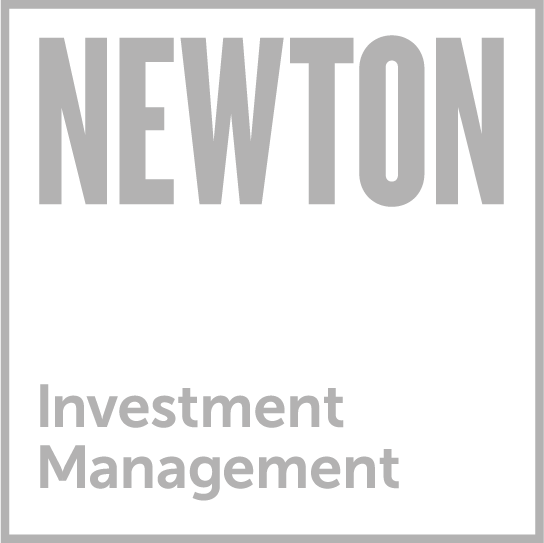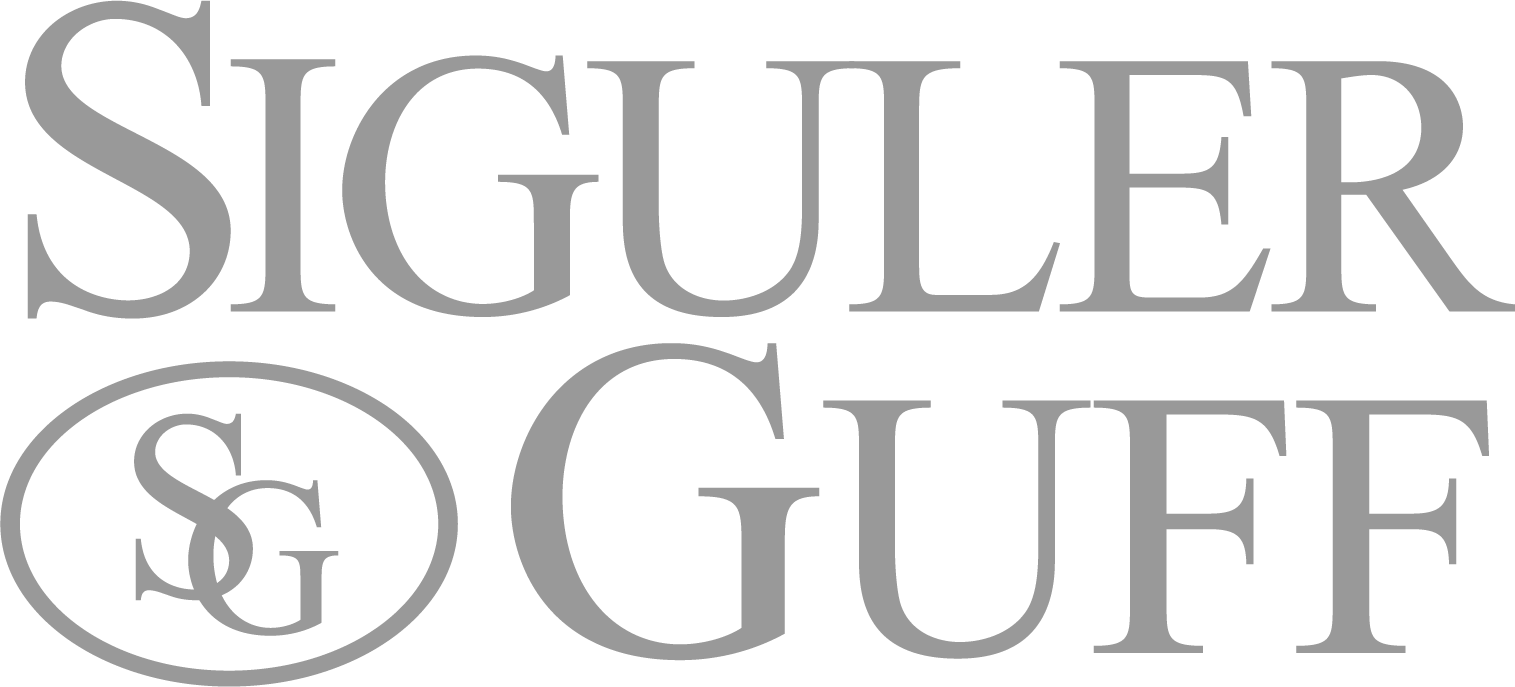BNY Mellon Yield Enhancement Strategy Fund
- TICKER DABJX
- Fund Code 0067
- CUSIP 05588L888
- SHARE CLASS
-
Literature Download
Why invest in this Fund?
Morningstar Rating™ as of June 30, 2024 for the Class Y class shares; other classes may have different performance characteristics. Overall rating for the Multisector Bond category. Fund ratings are out of 5 Stars: Overall 4 Stars (316 funds rated); 3 Yrs. 4 Stars (316 funds rated); 5 Yrs. 4 Stars (262 funds rated); 10 Yrs. 4 Stars (177 funds rated).
Yields and Expense Ratio
|
30-DAY SEC YIELD as of 07/26/24 |
ANNUALIZED DISTRIBUTION RATE as of 06/30/24 |
PROSPECTUS FEE TABLE EXPENSE RATIO (%) as of 03/01/24 |
|||
|---|---|---|---|---|---|
| Subsidized | Unsubsidized | Net | Gross | Contractual Fee Waiver End Date |
|
| - | - | 5.27 | 0.78 | 0.78 | - |
Yield fluctuates and past performance is no guarantee of future results.
The SEC 30-day Yield is calculated by dividing the net investment income per share earned during the period (calculated in accordance with regulatory guidelines) by the maximum offering price per share on the last day of the period.
Unsubsidized yield displays what the fund's 30-Day SEC Yield would have been had no fee waiver or expense reimbursement been in place during the period.
Portfolio Turnover Rate - It is a measure of how quickly securities in a fund are either bought or sold by the fund's managers, over a given period of time.
Average Effective Maturity (AEM) - is a measure of maturity that takes into account the possibility that a bond might be called back by the issuer. For a portfolio of bonds, average effective maturity is the weighted average of the maturities of the underlying bonds.
Average Effective Duration - It is used to measure the market price sensitivity of the fund’s portfolio holdings to changes in interest-rates. Duration is not a complete measure of bond risk and may not be successful.
Portfolio Turnover Rate - It is a measure of how quickly securities in a fund are either bought or sold by the fund's managers, over a given period of time.
Average Effective Maturity (AEM) - is a measure of maturity that takes into account the possibility that a bond might be called back by the issuer. For a portfolio of bonds, average effective maturity is the weighted average of the maturities of the underlying bonds.
Average Effective Duration - It is used to measure the market price sensitivity of the fund’s portfolio holdings to changes in interest-rates. Duration is not a complete measure of bond risk and may not be successful.
Portfolio Managers
-

Lisa M Sampson
Portfolio Manager,
Managing Fund Since 2022
Joined Industry in 2003
Total Returns
Month End
|
Average Annual As of 06/30/24 |
|||||||
|---|---|---|---|---|---|---|---|
| Name |
3 MO 06/30/24 |
YTD 06/30/24 |
1 YR | 3 YRS | 5 YRS | 10 YRS | Since Inception |
|
BNY Mellon Yield Enhancement Strategy Fund
DABJX |
0.92 | 2.42 | 7.86 | 0.80 | 2.46 | 2.98 | 3.13 |
|
Bloomberg U.S. Aggregate Bond Index
|
0.07 | -0.71 | 2.63 | -3.02 | -0.23 | 1.35 | - |
Quarter End
|
Average Annual As of 06/30/24 |
|||||||
|---|---|---|---|---|---|---|---|
| Name |
3 MO 06/30/24 |
YTD 06/30/24 |
1 YR | 3 YRS | 5 YRS | 10 YRS | Since Inception |
|
BNY Mellon Yield Enhancement Strategy Fund
DABJX |
0.92 | 2.42 | 7.86 | 0.80 | 2.46 | 2.98 | 3.13 |
|
Bloomberg U.S. Aggregate Bond Index
|
0.07 | -0.71 | 2.63 | -3.02 | -0.23 | 1.35 | - |
The performance data quotes represents past performance, which is no guarantee of future results. Yield, share price and investment return fluctuate and an investor's shares may be worth more or less than original cost upon redemption. Current performance may be lower or higher than the performance quoted. Click above for month-end returns.
The Bloomberg U.S. Aggregate Total Return Index is designed to measure the investment grade, U.S. dollar-denominated, fixed-rate taxable bond market. The index includes Treasuries, government-related and corporate securities, mortgage-backed pass-through securities (agency fixed-rate), commercial mortgage-backed securities (agency and non-agency) and other asset-backed securities having at least one year until final maturity. To be included in the index, securities must be rated investment grade (Baa3/BBB-/BBB- or higher) using the middle rating of Moody?s, S&P and Fitch. Investors cannot invest directly in an index.
When applicable, returns reflect a contractual expense reduction, without which returns would have been lower. Please see contractual expense reduction information, if any, in the Prospectus Fee Table below.
Growth of $10,000 Investment
Past performance is no guarantee of future results.
Historical Performance
Not available for purchase by individual investors.
Past performance is no guarantee of future results.
Monthly
Yield fluctuates and past performance is no guarantee of future results.
Monthly yield history is the annualized distribution rate that is based upon dividends per share from net investment income paid during the period, divided by the period ended maximum offering price per share, adjusted for capital gains (IF ANY) distributed during the period, and annualized based upon the number of days in the distribution period.
Yearly
Investment return fluctuates and past performance is no guarantee of future results.
Prospectus Fee Table Expense Ratios
| As of 03/01/24 Fee Description | Expense Ratio (%) |
|---|---|
| Other Expenses | 0.09% |
| Acquired Fund Fees & Expenses | 0.69% |
| Total Expenses | 0.78% |
| Net Expenses | 0.78% |
Portfolio Manager/Sub-Investment Adviser
Asset Allocation
Daily Statistics
| As of 07/26/24 Name | NAV | Change |
07/26/24 12 Month High Nav |
10/19/23 12 Month Low Nav |
YTD Return |
|---|---|---|---|---|---|
|
DABJX
|
$11.25 |
$0.02
0.18%
|
$11.25 | $10.54 | 3.58% |
Past performance is no guarantee of future results.
Performance Metrics
Overall Morningstar Rating
MORNINGSTAR CATEGORY Multisector Bond
Morningstar Rating™ as of 06/30/24 for the Class Y shares; other classes may have different performance
characteristics. Overall rating for the Multisector Bond. Fund ratings are out of 5 Stars: Overall
4 Stars (316 funds rated); 3 Yrs.
4 Stars (316 funds rated); 5 Yrs.
4 Stars (262 funds rated); 10 Yrs.
4 Stars (177 funds rated).
The
Morningstar Rating™ for funds, or "star rating", is calculated for managed products with at least a 3-year history. It is calculated based on a Morningstar Risk-Adjusted Return measure that accounts for
variation in a managed product's monthly excess performance (not including the effects of sales charges, loads and redemption fees if applicable), placing more emphasis on downward variations and rewarding
consistent performance. Managed products; including open-end mutual funds, closed-end funds and exchange-traded funds; are considered a single population for comparative purposes. The top 10% of products in
each product category receive 5 stars, the next 22.5% receive 4 stars, the next 35% receive 3 stars, the next 22.5% receive 2 stars, and the bottom 10% receive 1 star. The Overall Morningstar Rating for a
managed product is derived from a weighted average of the performance figures associated with its 3-, 5-,and 10-year (if applicable) Morningstar Rating metrics. ©
Morningstar, Inc. All rights reserved. The information contained herein: (1) is proprietary to Morningstar and/or its content providers; (2) may not be copied or distributed; and (3) is not warranted to be
accurate, complete, or timely. Neither Morningstar nor its content providers are responsible for any damages or losses arising from any use of this information. Past performance is no guarantee of future
results. The fund represents a single portfolio with multiple share classes that have different expense structures. Other share classes may have achieved different results.
Lipper Rankings
-
1 Year
25 out of 89 -
3 Year
40 out of 86 -
5 Year
35 out of 79 -
10 Year
9 out of 59
LIPPER CLASSIFICATION Alternative Credit Focus Funds
Main Risks
High yield bonds involve increased credit and liquidity risk than higher rated bonds and are considered speculative in terms of the issuer's ability to pay interest and repay principal on a timely basis.
Municipal income may be subject to state and local taxes. Some income may be subject to the federal alternative minimum tax for certain investors. Capital gains, if any, are taxable.
Mortgage securities: Ginnie Maes and other securities backed by the full faith and credit of the United States are guaranteed only as to the timely payment of interest and principal when held to maturity. The market prices for such securities are not guaranteed and will fluctuate. Privately issued mortgage related securities also are subject to credit risks associated with the underlying mortgage properties. These securities may be more volatile and less liquid than more traditional, government backed debt securities.
Investing in foreign denominated and/or domiciled securities involves special risks, including changes in currency exchange rates, political, economic, and social instability, limited company information, differing auditing and legal standards, and less market liquidity. These risks generally are greater with emerging market countries.
The use of derivatives involves risks different from, or possibly greater than, the risks associated with investing directly in the underlying assets. Derivatives can be highly volatile, illiquid, and difficult to value and there is the risk that changes in the value of a derivative held by the portfolio will not correlate with the underlying instruments or the portfolio's other investments.
Risk Metrics
| As of 06/30/24 3-Year Trailing | Standard Deviation | Alpha | Beta | R-Squared | Sharpe Ratio |
|---|---|---|---|---|---|
|
DABJX
|
6.20 | 2.15 | 0.74 | 80.13 | -0.40 |
All risk metrics are provided by Morningstar. The index used in the calculations are determined by Morningstar which may not be the funds primary benchmark. The index Morningstar used for this analysis is Bloomberg U.S. Aggregate Bond Index.
Alpha - Alpha is a measure of a security's or portfolio's excess return.
Beta - Beta is a measure of a security’s or portfolio’s volatility, or systematic risk.
R-Squared - R-squared is a statistical measure that represents the percentage of a fund’s or security’s movements that are explained by movements in a benchmark index.
Sharpe Ratio - Sharpe ratio is a risk-adjusted measure that measures reward per unit of risk. The higher the Sharpe ratio, the better.
Standard Deviation - Standard deviation is a statistical measure of the degree to which an individual portfolio return tends to vary from the mean, based on the entire population. The greater the degree of dispersion, the greater the degree of risk. In mutual funds, the standard deviation tells us how much the return on the fund is deviating from the expected normal returns.
Dividend Schedule
Annualized distribution rate is based upon dividends per share from net investment income paid during the period, divided by the period ended maximum offering price per share, adjusted for capital gains (IF ANY) distributed during the period, and annualized based upon the number of days in the distribution period.
Dreyfus Yield Enhancement Strategy Fund has historically invested about 25% in Tax Exempt funds. The income received from those investments would be tax exempt to the fund and will be reported as tax exempt when distributed to its shareholders. At year end, the amount of taxable and tax exempt income will be reported to the fund shareholders on Form 1099-DIV.
| Month/Year | Dividend ($) |
|---|---|
| 07/2024 | 0.046100000 |
| 06/2024 | 0.048400000 |
| 05/2024 | 0.046300000 |
| 04/2024 | 0.046800000 |
| 03/2024 | 0.046000000 |
| 02/2024 | 0.048700000 |
| 12/2023 | 0.109900000 |
| 11/2023 | 0.044000000 |
| 10/2023 | 0.045600000 |
| 09/2023 | 0.046000000 |
| 08/2023 | 0.044200000 |
| 07/2023 | 0.046400000 |
All figures as of month-end. Dividend history does not reflect any capital gains that may have been paid
Distributions History
| Record Date | Ex-Dividend Date | Payable Date |
Ordinary Non-Qualified Dividends |
Qualified Dividends |
Non-Qualified Short-Term Capital Gain |
Qualified Short-Term Capital Gain |
Long-Term Capital Gain |
Total Distribution |
|---|---|---|---|---|---|---|---|---|
| 07/01/24 | 07/02/24 | 07/02/24 | 0.0461 | 0.0000 | - | 0.0000 | 0.0000 | 0.0461 |
| Record Date | Ex-Dividend Date | Payable Date |
Ordinary Non-Qualified Dividends |
Qualified Dividends |
Non-Qualified Short-Term Capital Gain |
Qualified Short-Term Capital Gain |
Long-Term Capital Gain |
Total Distribution |
|---|---|---|---|---|---|---|---|---|
| 06/03/24 | 06/04/24 | 06/04/24 | 0.0484 | 0.0000 | - | 0.0000 | 0.0000 | 0.0484 |
| 05/01/24 | 05/02/24 | 05/02/24 | 0.0463 | 0.0000 | - | 0.0000 | 0.0000 | 0.0463 |
| 04/01/24 | 04/02/24 | 04/02/24 | 0.0468 | 0.0000 | - | 0.0000 | 0.0000 | 0.0468 |
| 03/01/24 | 03/04/24 | 03/04/24 | 0.0460 | 0.0000 | - | 0.0000 | 0.0000 | 0.0460 |
| 02/01/24 | 02/02/24 | 02/02/24 | 0.0487 | 0.0000 | - | 0.0000 | 0.0000 | 0.0487 |
| 12/28/23 | 12/29/23 | 12/29/23 | 0.0628 | 0.0000 | 0.0000 | 0.0000 | 0.0000 | 0.0628 |
| 12/01/23 | 12/04/23 | 12/04/23 | 0.0471 | 0.0000 | - | 0.0000 | 0.0000 | 0.0471 |
| 11/01/23 | 11/02/23 | 11/02/23 | 0.0440 | 0.0000 | - | 0.0000 | 0.0000 | 0.0440 |
| 10/02/23 | 10/03/23 | 10/03/23 | 0.0456 | 0.0000 | - | 0.0000 | 0.0000 | 0.0456 |
| 09/01/23 | 09/05/23 | 09/05/23 | 0.0460 | 0.0000 | 0.0000 | 0.0000 | 0.0000 | 0.0460 |
| 08/01/23 | 08/02/23 | 08/02/23 | 0.0442 | 0.0000 | - | 0.0000 | 0.0000 | 0.0442 |
| 07/03/23 | 07/05/23 | 07/05/23 | 0.0464 | 0.0000 | - | 0.0000 | 0.0000 | 0.0464 |
| See all rows... |
Literature
Factsheet, Prospectus and Reports
- Download
- Share
- Subscribe
- Order






